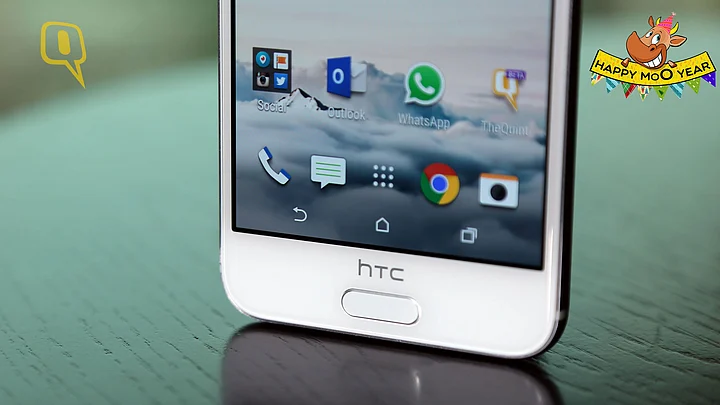It started a while back, but 2015 was the real ‘Year of the Flagships’. Smartphones launched today have flagship features in one way or another. Look around you, you have a 20MP camera on a phone that costs just below 20k, while phones in the sub-15k price range are sporting fingerprint sensors. Sorry high-end buyers, it’s really difficult to explain why you buy what you buy now. 2015 has forever changed the flagship smartphone market.
Consider this. About a year ago, you would talk about the smartphone market in terms of flagships, mid-ranged phones and budget smartphones. Today there are flagships, mid-ranged flagships, budget flagships and then budget-ranged smartphones. Time is a big factor in the world of technology and what started a couple of years ago, has today come to its fruition. Smartphone makers can now bring features once reserved for the most expensive devices in the market, to comparatively inexpensive devices. Beware Apple fans, your entire buying philosophy could be questioned next.
The iPhone is in fact the best example of the change that has come to the flagship market. With phones like the OnePlus 2, Honor 7 and others selling like hot cakes, it’s difficult to suggest an iPhone, Note or Galaxy S series phone to anyone. The value for money is just so much more when you buy a OnePlus 2, which makes consumers overlook the fact that Samsung and Apple have stellar service records when compared to the likes of OnePlus and Huawei. We tried calling Samsung and Apple service centres to check the cost of repairing a broken screen and it took us a few minutes to find the answer.
On the other hand, Huawei’s online chat support took personal information like email, phone number etc. only to tell us that the cost of screen repair would be found only at a service centre. Really? You couldn’t have told us that before you took my personal info, presumably only to add to your records. Calling the few service centres available in Delhi, we could reach only two, both of which said they do not have units for the Honor 7’s display right now.
That’s the change in the flagship market. If you’re spending over Rs 40,000 on a smartphone today, you’re paying for service and support. Apple excels at it and Samsung is, at least on the face of it, better than most of its compatriots. In fact, even Microsoft has a better service network than newer players in the market. The question of service has become more important today simply because Samsung’s Notes and S series flagships are awfully close to iPhones. In fact, the iPhone 6S can’t give you the kind of quality than the Samsung flagships can. So, apart from choosing the OS, what makes the most difference is who has better support.
The years that big companies have spent in the market have allowed them to establish extensive service networks. Sure there are horror stories on the Internet, but no one questions the availability of service centres when it comes to the big OEMs. This is very important, especially now that the focus is shifting to the ‘next billion users’. It refers to users in Tier II, III and IV cities, who don’t yet have smartphones. They might not buy a flagship today, but one of their main concerns when buying, will be what kind of service they’ll get.
The Tier I market is somewhat like a machine with its wheels in motion. It’s almost saturated and things will continue as they are. Things like doorstep service are important for Tier II, III and IV cities, where service centres are harder to come by.
So, if you’re still wondering what the year 2015 did to the flagship market, it is this. Don’t be surprised if you see innovation in terms of customer support. For example, Flipkart tomorrow may have an arm that caters only to repairing your phone. It’ll charge OEMs to reach customers through this, while providing the service for free. It’s just an example of what may happen, but with the saturation that the smartphone market is approaching, it’s what will get the next billion users to really jump in. There are some service innovations already in place, for instance, Samsung and LG offer one free screen replacement on their flagship devices.
What’s important to understand though is that there’s no real flagship class any more. It’s about your budget and the best you can get in that. The year 2015 has been the end of flagships as we knew them, and the beginning of flagship class service than features.
(Som Dasgupta is a freelance journalist who thrives on everything tech. After all the time he’s spent around technology, he’d like to think he’s turned into a robot.)
